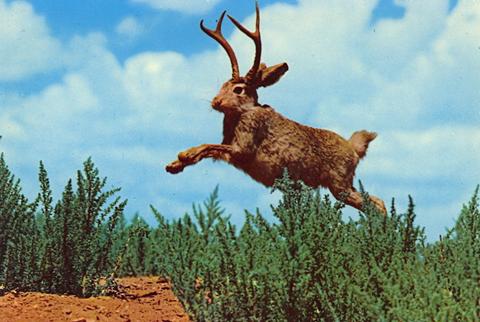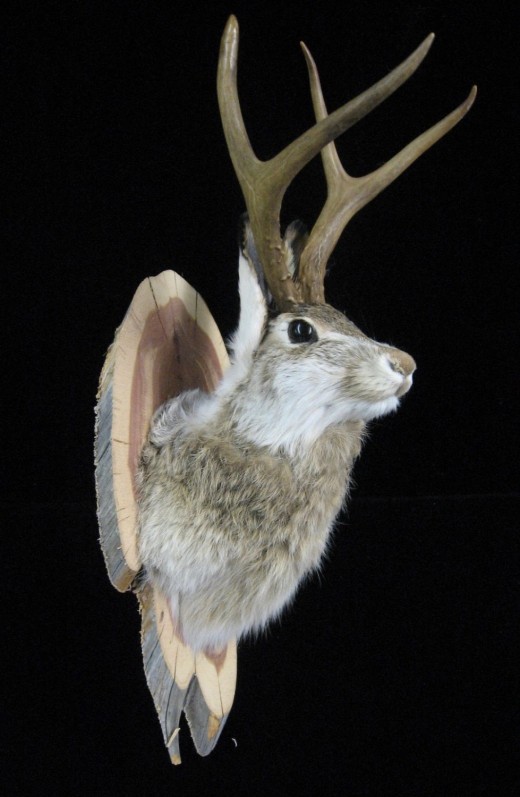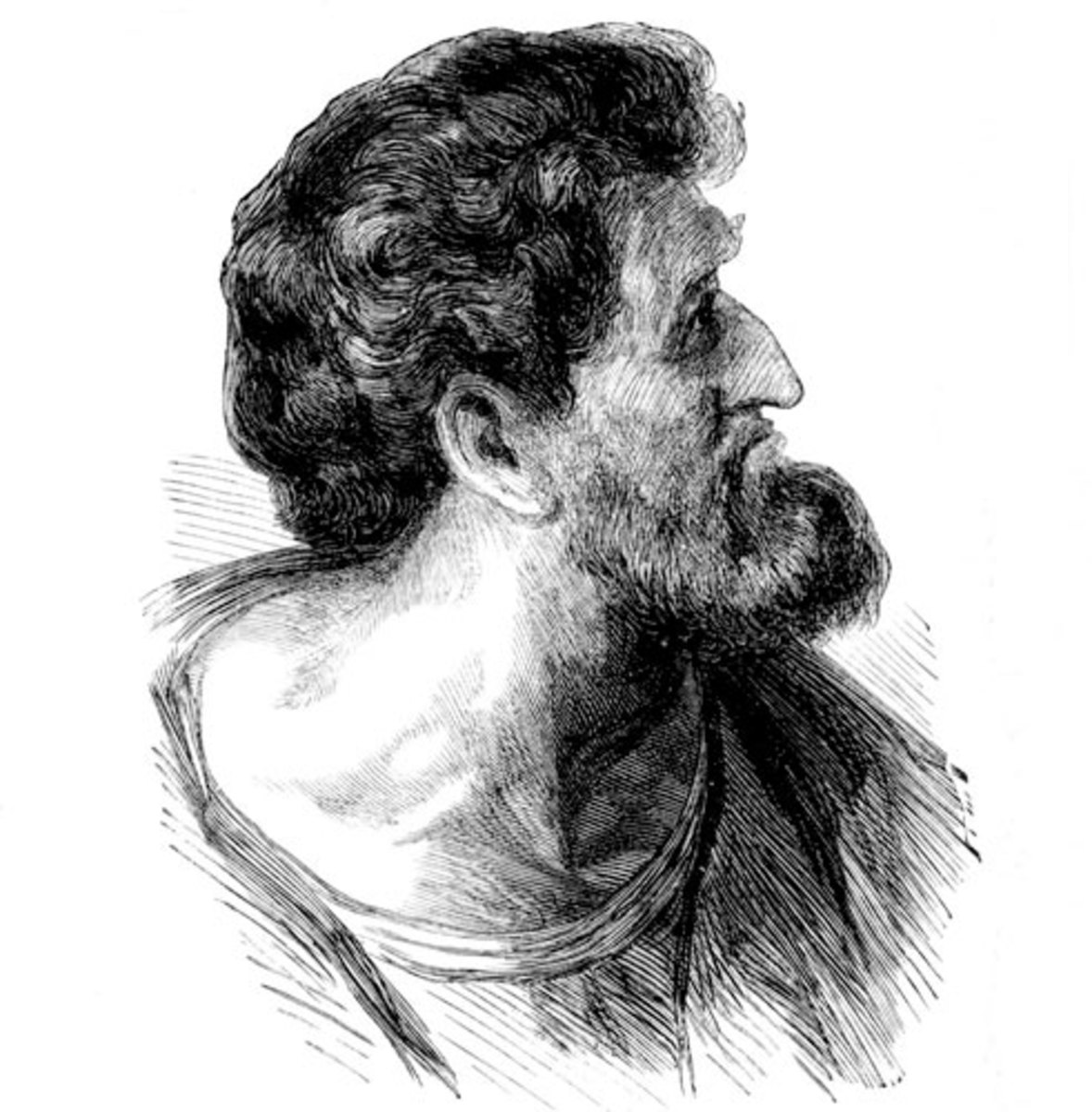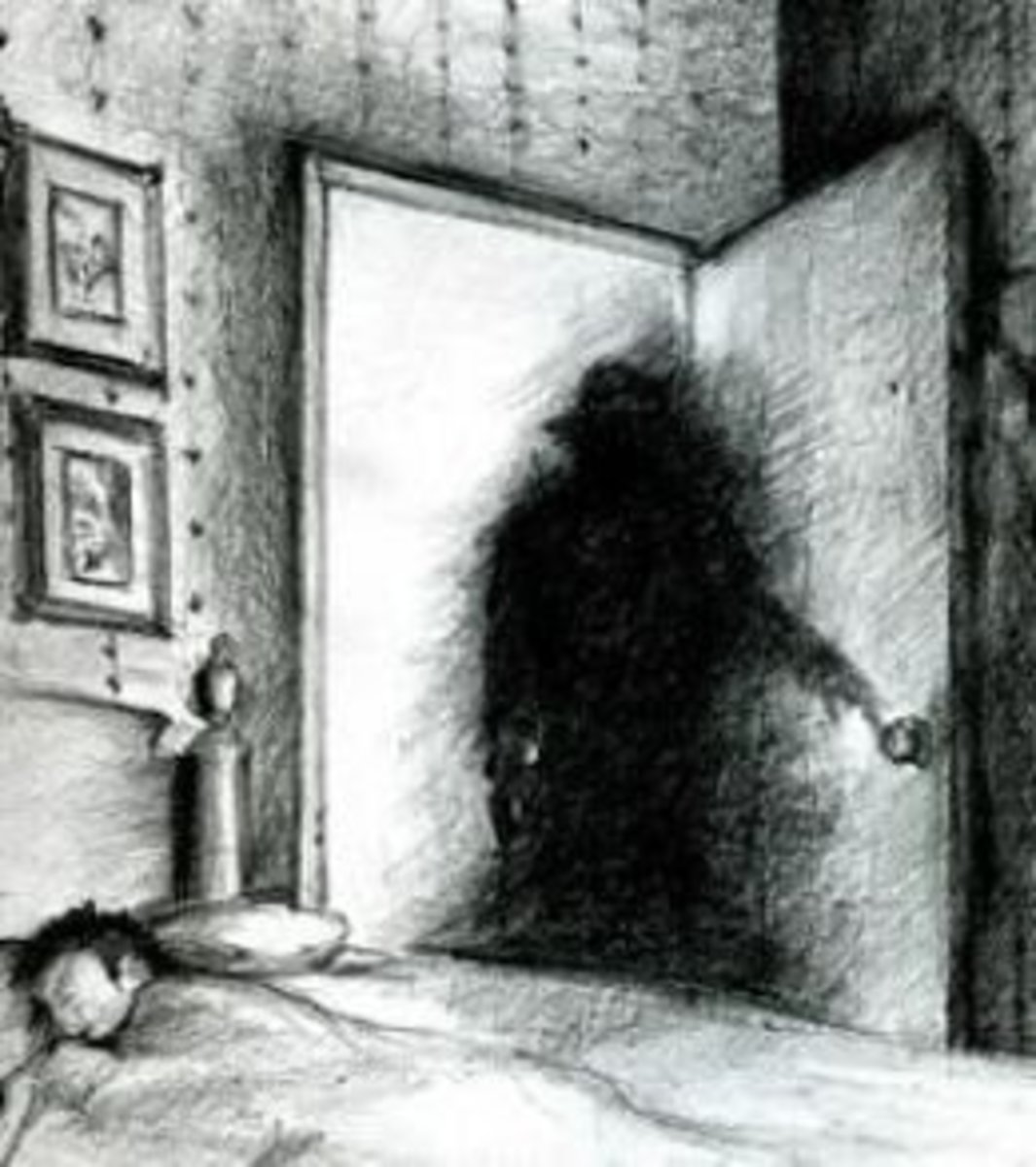Legends and Lore: The Jackalope

The Jackalope
For thousands of years, people have been combining features of different animals to create awesome and terrifying creatures. These creatures have become the subjects of many myths and legends that still exist today. Some are more famous and more outlandish than others. The jackalope is one of the most recognized hybrid creatures of folklore and probably one of the most ridiculous.
The jackalope is described in modern myth as a large jackrabbit with antelope horns on its head. These horns are used to gore anyone who may try to harm the jackalope. Some stories from the old west describe the jackalope has having the ability to speak. The jackalope’s attitude is the most frightening feature, however. They are said to be quick tempered and fearsome creatures that will attack on sight or when provoked. They will use their sharp antlers to defend themselves or they will use their ability to mimic humans to get away.

A Legend Is Born
So how did this old west campfire story become so popular in modern times? In the 1930’s, two teenagers who had taught themselves taxidermy started creating mounted jackalope heads. They would use the heads of jackrabbits and affix deer antlers to the heads to create a jackalope. Local businesses in Wyoming would buy these taxidermy heads and display them in their shops and hotels, giving rise to the myth of the jackalope. Soon, the jackalope would be transformed into statues, artwork, and other forms of media. You can even buy taxidermy jackalope heads from certain sporting goods retailers today.
Did you know the state of Wyoming tried to adopt the jackalope as their official state mythical creature several times?
Science!
While the jackalope has been a popular legend for years, it could have a scientific explanation. A virus called the Shope papilloma virus has been know to cause growths on the heads of rabbits and other small rodents. These growths can take on the appearance of horns. People hundreds of years ago could have seen rabbits afflicted with this virus and the growths and made up the idea of the jackalope as a way to explain it.

The Jackalope Today
The legend of the jackalope could also be all commercial. Towns in Wyoming, particularly the town of Douglas, use the story of the jackalope as a means to bring in tourists and the intrigued. They sell “jackalope hunting licenses” that can only be used on the 31st of June and have a Jackalope Day celebration every year. It is said the first jackalope was seen in Douglas, Wyoming in 1829.
Whether it’s a fearsome creature, a tall tale, a virus, or a tourist trap, the jackalope is a staple in American folklore and tall tales. It’s been featured in cartoons, books, and even as town statues. The jackalope is not hopping out of story books anytime soon.
Further Reading and References
© 2019 Lindsey Burek





